Cave of Kelpius
Where America's first doomsday cult awaited the end of the world.
Tucked away in a remote section of Philadelphia’s Fairmount Park, you’ll find the “Kelpius Cave,” an enhanced cave built into the side of a hill, with a stone frame entrance marking what’s believed to be the 17th century home of America’s first cult of mystics to predict the imminent apocalypse.
Although cynics suspect the structure is simply an old springhouse, tradition holds that this area along the banks of Wissahickon Creek was settled in 1694 by mystic and scholar Johannes Kelpius and his followers. Believing, based on elaborate interpretation of the Bible’s “Book of Revelation,” that the world was going to end that year, the monks sought to live a solitary lifestyle in the wilderness while awaiting the End of Days and the Second Coming.
The group was known as “Hermits of the Wissahickon,” or “The Society of the Woman of the Wilderness”—the latter a reference to a passage in “Revelation” in which a woman flees to the wilderness to seek refuge from the end of the world. Following this example, the monks (all of whom were men) established themselves on a hill at the edge of the Wissahickon woods. The area was known as Hermit’s Glen; today, a nearby road called Hermit Lane gives a nod to the area’s occult history.
These early Pietist monks fled their home country of Germany to the newly founded province of Philadelphia, which was built on the principle of religious tolerance and which already had a large Quaker population. (There is a statue of a man in Quaker garb called “Toleration” in the Wissahickon as well, 40 minutes north of the cave by foot, that watches over the valley).
Kelpius, Philadelphia’s first mystical guru, hailed from Transylvania and was 26 years old when he formed the Society here in the woods. He was a musician, scholar and writer, interested in botany and astronomy. Indeed, many of the monks practiced medicine and composed music while waiting out the end of days. They’re thought to have lived in cabins scattered along the river, and used the cave to store books and scientific equipment.
The group of 40 monks—40 was believed to have a mystical significance—also erected a 40-square-foot tabernacle. The meeting space included a rudimentary observatory where monks practiced astronomy, thought to be the first observatory in the new world. Unfortunately all that remains is the small stone structure near the location where the tabernacle used to stand, the woods around and above it beautifully overgrown and wild.
When the end of the world did not come as planned, Kelpius and the monks stayed in the Wissahickon, creating art and music, studying the skies, and helping the community around them when they could. The group mostly disbanded after Kelpius’s death in 1708, though many stayed in the community as doctors and lawyers. One of the later members of the Society, Christopher Witt, painted the first oil painting in America, with Kelpius as his subject. The painting is currently housed at the Historical Society of Pennsylvania.
Until the 1940s, the structure dubbed Cave of Kelpius had a fireplace and chimney, which were removed due to vandalism, but do hint at its having been more than a springhouse. The cave’s true identity has been debated for many years. It’s marked today by a granite monolith placed outside the entrance in 1961 by the Rosicrucians (meaning “rose” and “cross”), a worldwide mystical brotherhood that claims to have secret wisdom dating to ancient Egypt, and considers Kelpius the original American Rosicrucian.
Today, you’ll find the enigmatic structure located on the trails near the southern end of the 1,800-acre Wissahickon Valley Park, a section of Fairmount Park in Northwest Philadelphia.
Know Before You Go
Park along Hermit Lane and walk along Yellow Trail, past the trail gate near The Hermitage. Take the first right off-shoot and it will be just a few hundred feet straight ahead to your right, you can't miss it. If you are still struggling to find it, the exact location is marked on google maps as 'Hermit Cave.'
Alternate access:
park near top of Hermit Lane, walk down toward baseball fields. Walk along the first base line fence of the first baseball field. Enter the woods to the left, and follow the path walking back the direction you just came but at the lower level. Continue walking away from baseball fields for a while and the cave will be in front of you.
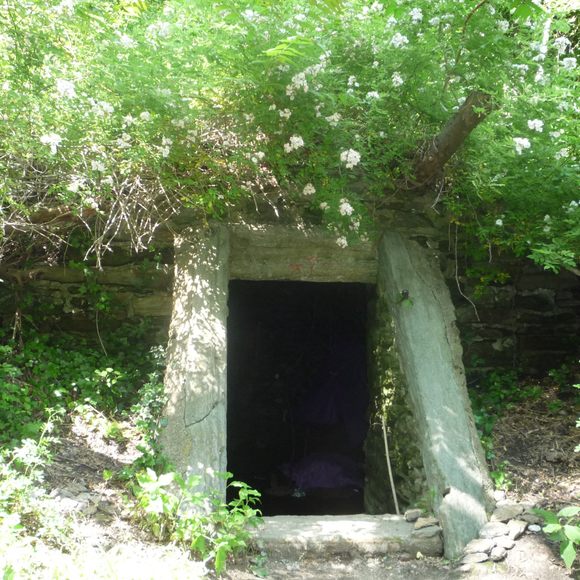

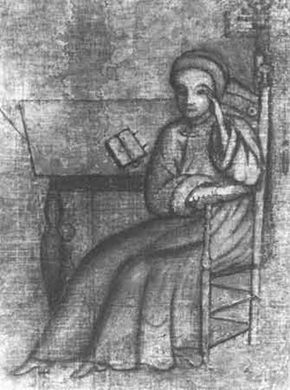

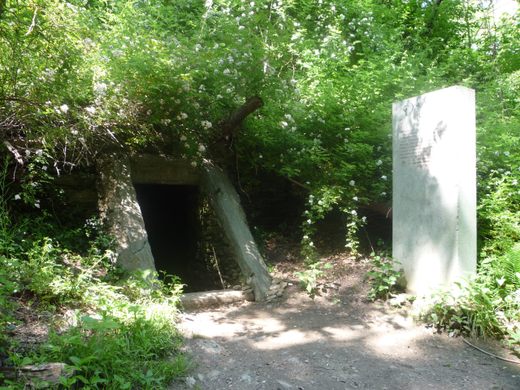



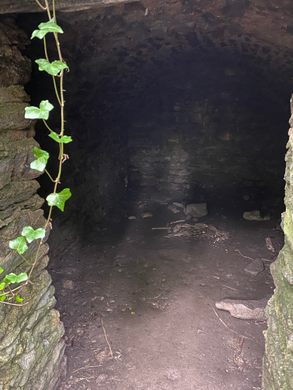




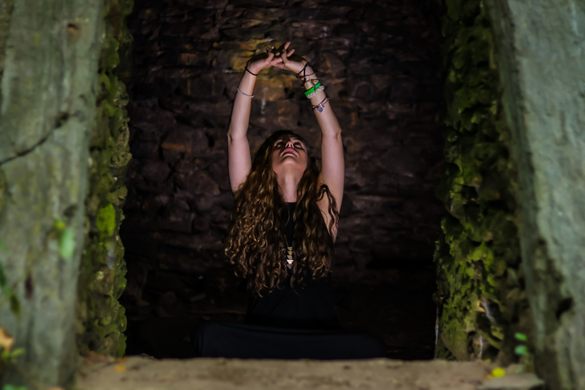
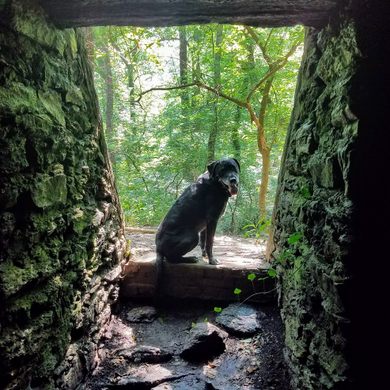
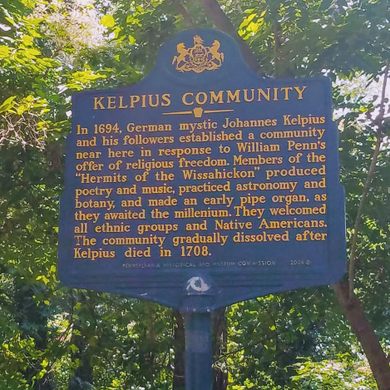

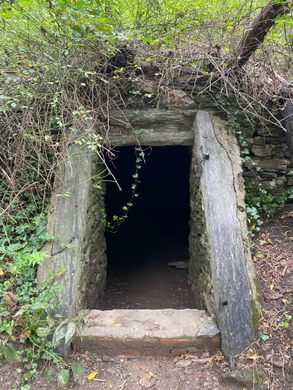
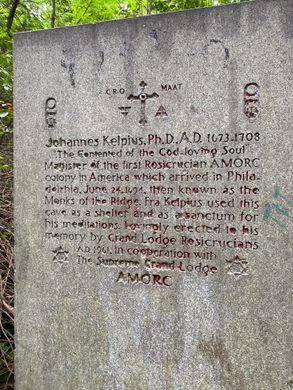
















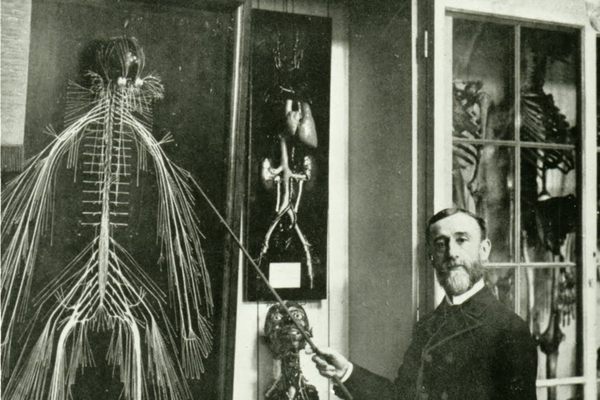





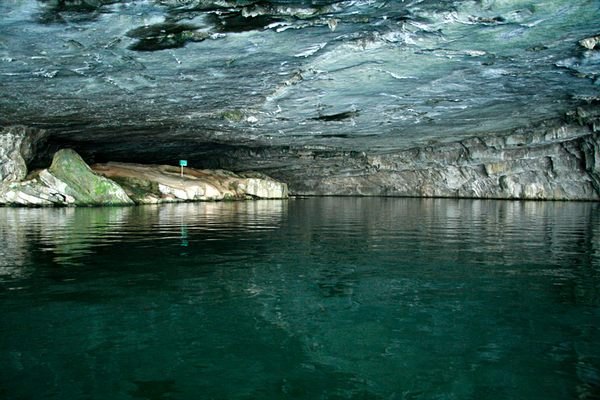

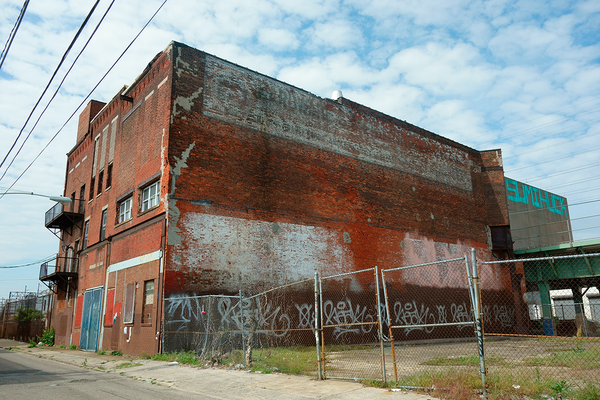

Follow us on Twitter to get the latest on the world's hidden wonders.
Like us on Facebook to get the latest on the world's hidden wonders.
Follow us on Twitter Like us on Facebook